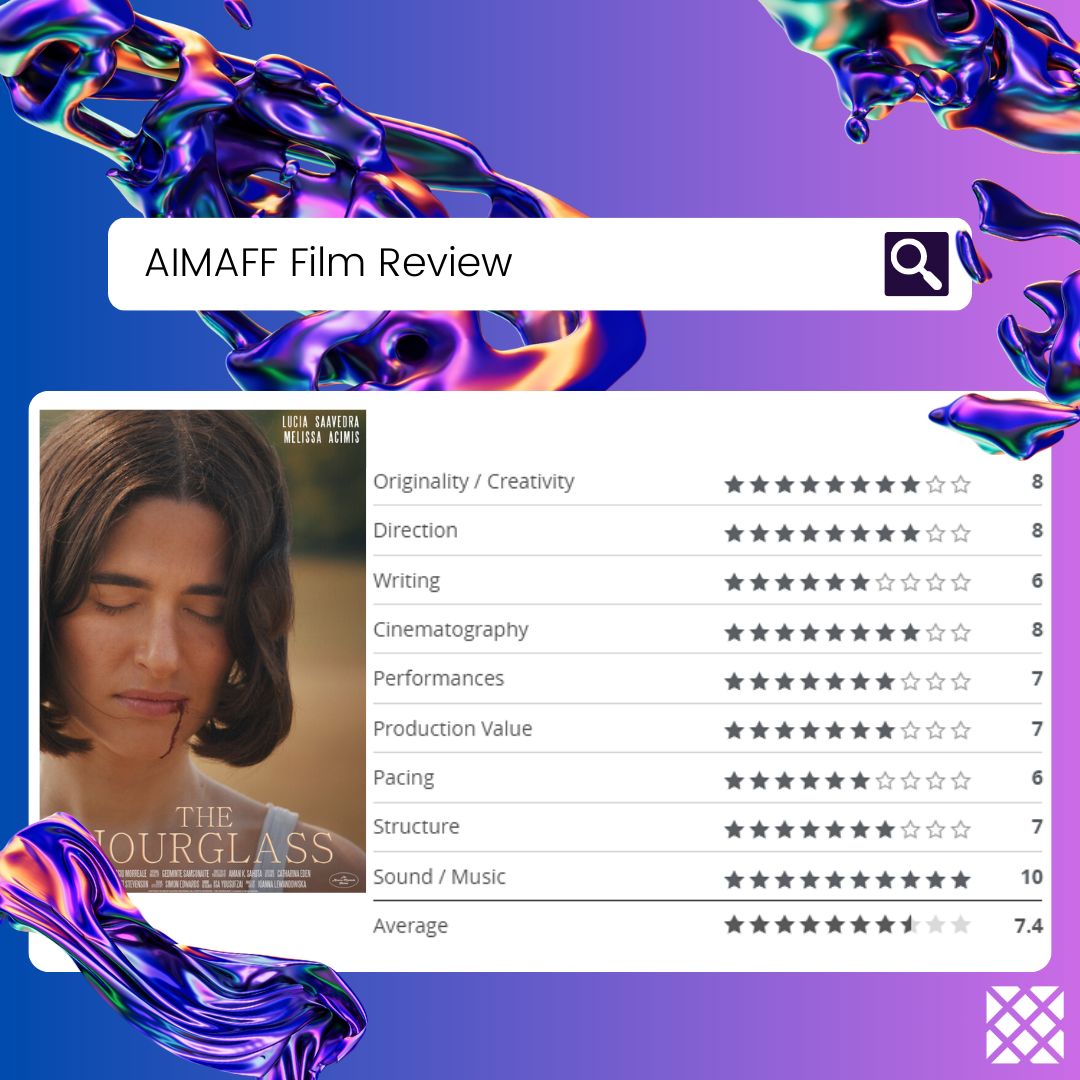Review for "The Hourglass" by Alessio Morreale
Director Alessio Morreale takes audiences on a mesmerizing journey through the ethereal landscape of "The Hourglass," a wordless tale that follows a young girl's pilgrimage to the sacred tree. Morreale's unique background in the film industry, coupled with his Sicilian heritage, adds a distinctive flavor to this atmospheric piece.
The film's symbolism and atmosphere are its undeniable strengths. Morreale skillfully weaves a narrative without the need for words, allowing the audience to interpret the story through the mesmerizing visuals. The choice of the sacred tree as the focal point adds a layer of mysticism, capturing the essence of a spiritual journey.
The film unfolds against the backdrop of expertly chosen locations, ranging from enchanting forests to ethereal landscapes, each contributing significantly to the overall aesthetic.
Alessio Morreale's directorial prowess shines through in "The Hourglass. The visuals are reminiscent of Guillermo del Toro's signature style, with a keen eye for atmospheric storytelling and mythical elements.
Gedminte Samsonaite's original score for the film is nothing short of a masterpiece, elevating the cinematic experience with its captivating and emotive composition.
Visually, the film is a feast for the eyes. The VFX and cinematography work seamlessly to create a dreamlike world that mirrors the magical nature of the narrative. The crow, a symbol of spiritual law, death, and change, adds layers of meaning to the story.
However, the film does suffer from pacing and editing issues, at times affecting the overall flow of the narrative. Are the themes easily discernible for the audience? Was the film intended to be interpreted uniquely by each viewer, varying from one person to another?
In essence, "The Hourglass" serves as a metaphorical journey through the sands of time. It invites viewers to reflect on the transient nature of life, much like the grains of sand slipping through an hourglass. "The Hourglass" not only marks a significant achievement in Morreale's filmmaking journey but also invites viewers to reflect on the timeless themes woven into the fabric of this enchanting cinematic creation.

